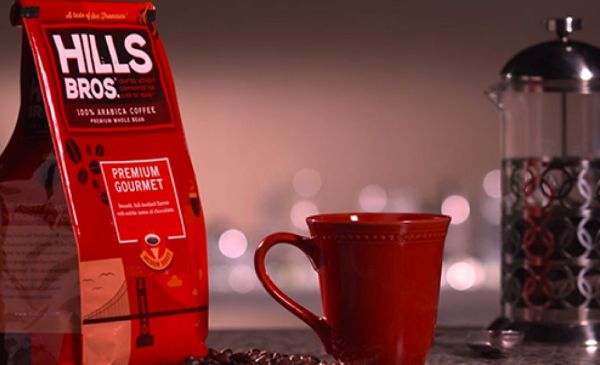
Years ago, I worked for Hills Bros coffee. We were the #3 brand having a tough time competing against the market leaders (Folgers and Maxwell House), struggling in many markets to keep our product in distribution. But we had one market, Chicago, where we were runaway market leaders with 4x the share of anyone else. In that market, nothing that Folgers or Maxwell House tried to do succeeded in dislodging us.
Hills Bros is far from the only example. Heinz has always had a better share in its hometown of Pittsburgh and many other brands have significant regional variations in share, often long-lived. In the case of Hills Bros, the Chicago market dominance can be traced back to 1928 to a spectacularly successful market introduction where uniformed Hills Bros “red coats” drove around neighborhoods delivering free ½ lb cans of coffee to everyone.
These long-term brand loyalties are all the more surprising in that they often apply to products where there’s very little objective difference between them and the alternatives. Chicagoans may have loved our coffee but they couldn’t pick it out in a blind taste test. So, how to explain this phenomenon? You have to study the drivers that help a brand maintain a leadership position.
Consumer-Based Drivers
1. Mother knows best/habit: Past experience is the most important factor. Purchasing certain brands is a tradition passed down in the family from generation to generation. Buying products with this heritage is both reassuring and familiar and gives you one less thing to think about when you are at the store.
2. Conditioning: After a while, people get used to certain aspects of products that may be technically quite similar. The taste of Heinz, the smell of Tide, the thickness, the packaging, the color. Research has shown that this kind of brand loyalty is more prominent with products that are consumed directly from the package.
Competition-Based Drivers
The long-term share dominance of brands in some markets also speaks to the power and advantage that a leader enjoys and can leverage in what is less than a perfectly competitive market:
1. Distribution advantages: Market leaders become retail store category captains influencing what gets on the shelf and benefit from being able to justify more skus than anyone else. That tends to muscle out everyone else at the point of purchase.
2. Fixed costs: Many of the costs of doing business in consumer packaged goods are fixed. Trade ads, for example. These can be absorbed with much less P&L impact by market leaders than by the smaller players giving the leaders a continuing margin advantage.
3. Marketing: One place that they can spend those extra dollars is demand-pulling marketing activities that connect the brand to the important category drivers. Years of marketing spending build a strong brand foundation that’s difficult to undermine.
If you are the #1 brand in a CPG category whether locally or nationally, congratulations! You are in a strong competitive position and you are going to be difficult to dislodge as long as you continue to play to win, rather than playing not to lose.
If your task is to try and gain market share on a leading brand, you have a much more difficult task. Rather than spending a huge amount of money on the supply side with lower prices and promotions in what will still likely be a fruitless exercise in taking over the leadership position, your time and money may be better spent on innovation. Are there opportunities to speak to shifting consumer needs? Can the product be completely reimagined? In the end, what really hurt Hills Bros in Chicago was not Folgers price promotions, it was Starbucks and Keurig Green Mountain reinventing the coffee experience. Proving once again, every brand has a weakness.
Branding Strategy Insider is a service of The Blake Project: A strategic brand consultancy specializing in Brand Research, Brand Strategy, Brand Growth and Brand Education
FREE Publications And Resources For Marketers
No comments:
Post a Comment